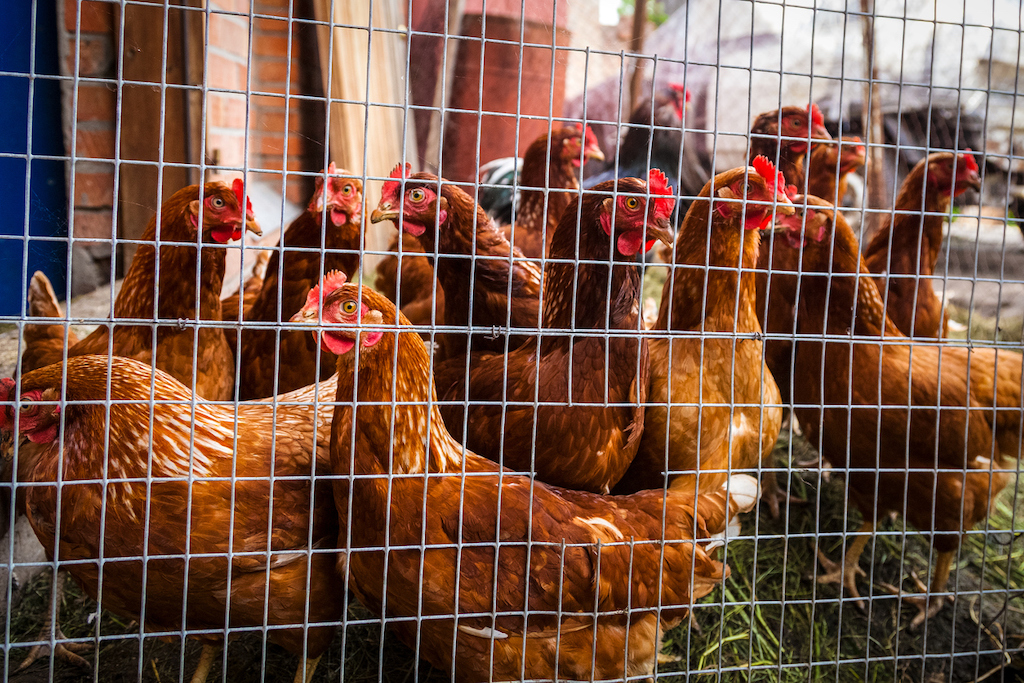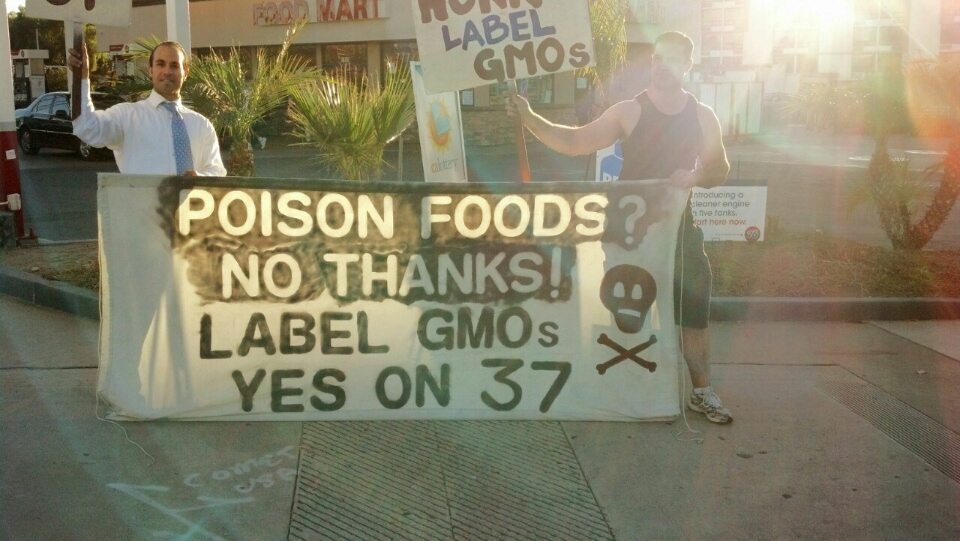Here’s what caused the 200-million-egg salmonella recall: an “ongoing rodent infestation”
By now, you’ve heard the news: On Friday, Indiana-based shell egg company Rose Acre Farms voluntarily recalled more than 200 million eggs suspected to be contaminated with Salmonella Braenderup, a rare strain of the bacteria. It’s the most significant egg recall since a number of Iowa facilities owned by notorious egg mogul Jack DeCoster recalled more than 500 million tainted eggs, ultimately sickening an estimated 56,000.
So far, the Centers for Disease Control (CDC) has only confirmed 23 cases related to this outbreak, with six hospitalizations and no deaths. But that hasn’t stopped the news from freaking everybody out. Across the country, Americans have been checking their egg cartons, looking for the telltale brands and lot numbers mentioned in the recall. But now that a little time has passed, it’s time for the immediate question—is my food safe?—to be followed up by some others. Namely, how do 200 million eggs get tainted with salmonella in the first place? And whose behind-the-scenes failure was it that exposed Americans to such a huge volume of potentially unsafe product?
Yesterday, the Food and Drug Administration (FDA) shed some light on the issue by publicly releasing Rose Acre’s Form 483, a report the agency issues to companies when its investigators observe conditions likely to violate federal food safety laws. The four-page report is graphic in detail, and unsparing in its portrayal of Rose Acre’s seeming negligence. To give a sense of the document’s unseemly flavor, here are some of the conditions reported in Rose Acre’s hen houses in Hyde County, North Carolina, where the outbreak originated:
“One (1) live apparent rodent running across the upper level floor.”
“Two (2) dead apparent rodents observed on the ground, 10+ feet from the front of the houses.”
“Multiple live apparent rodents running around in the staging area in pit, burrowing in and out of manure piles.”
“More than 10 apparent rodents observed in pit staging area, including baby mice.”
Because mice are common salmonella carriers—and the likely culprit in this case—FDA’s depiction of what it called an “ongoing rodent infestation” is damning. But mice weren’t the only infestation: In one barn, inspectors discovered “a large spill/pile of what appeared to be feed with large flying insects too numerous to count,” as well as a number of other instances of bugs “landing on food, food contact surfaces, and food production equipment.”
Rose Acre’s human employees didn’t appear to be taking safety all that seriously either, according to the Form 483. “Equipment was visibly dirty, with accumulated grime and food debris,” according to the report, frequently remaining caked with “accumulated food debris (i.e. dried egg and shells) and grime, post sanitation.” Meanwhile, food-handling employees were observed not changing gloves or washing their hands after contact with trash cans, food debris, and their own body parts—”i.e. face, hair, and intergluteal cleft.” As New Food Economy’s H. Claire Brown has already pointed out on Twitter, this is the first food safety report we’ve seen that specifically mentions butt cracks (even if in coy, medically sanitized terms).
From FDA’s report, it sounds like problems were rampant and readily visible. After all, Form 483s are not supposed to be an exhaustive list of violations—only to provide a general sense of the factors likely to “[render food] injurious to health.” So the question remains: Whose responsibility was it to make sure things didn’t get this bad, and why didn’t they do their job?
That’s where things start to get confusing.
Yes, Rose Acre has had an inspector from the United States Department of Agriculture (USDA) onsite daily, according to a statement released by the company. But the problem is that inspectors from USDA’s Agriculture Marketing Service (AMS) aren’t specifically charged with maintaining food safety, which is technically FDA’s domain. AMS inspectors are charged with commercial considerations—grading products according to industry standards. When it comes to eggs, they’re looking at size, color, and quality. They’re not really there to watch for mice.
Still, AMS reps are supposed to loop FDA in when they encounter egregious food safety violations, even if they aren’t directly responsible for overseeing them. That’s spelled out specifically in a 2011 “memorandum of understanding” between the two federal agencies, which was issued in the wake of the historic DeCoster outbreak. According to that document, AMS inspectors—among other informal responsibilities—are supposed to “notify the appropriate FDA office of those facilities that fail to conform to current good manufacturing practices or good agricultural practices related to food safety.” In other words, FDA doesn’t have the resources to put its own body on the ground, but AMS should be acting as its eyes and ears.
In this case, that never happened. How do we know? Because no AMS inspector ever notified FDA about the rodent problems and other issues rampant at Rose Acre’s North Carolina facilities. FDA only found out once people started getting sick.
According to an official timeline of events published this week by FDA, the issue first came to the agency’s attention back on March 5, when it learned of a cluster of Salmonella Braenderup infections across multiple states. FDA then worked with CDC and other state partners to find the source. “Interviews with ill people allowed health partners to identify eggs as a possible source of these cases,” FDA writes. The agency “collected and reviewed extensive records to identify the source of the eggs that people ate.”
It was this process that led the agency, after several weeks, to Rose Acre Farms. Inspection of those facilities began on March 26 and continued through April 11. During that time, it was business as usual. The rodent infestation and other issues remained unaddressed, even with AMS inspectors onsite, but production continued. It wasn’t until last Friday—more than a month and a half after the process began—that the recall was finally announced. And without expert public health detective work on the part of FDA and CDC, the issue would not have been brought to the public’s attention. The presence of a USDA inspector was not enough to address violations on its own.
This isn’t Rose Acre’s first brush with Salmonella. In 2011, FDA inspectors found “alarmingly high rodent populations,” and samples that tested positive for the bacteria, in the company’s Indiana facilities. In that case, the company didn’t issue a recall. Did it work to improve conditions? We have no way of knowing.
For its part, Rose Acre Farms insists that the inspection report doesn’t tell the whole story.
“The FDA’s form 483 inspection report on our Hyde County, North Carolina farm is based on raw observations and in some cases lack proper context,” Rose Acre Farm told New Food Economy in an emailed statement. “We are preparing a formal response to the report, which is due on April 26. We will be happy to share that response with you once it is complete. Until then, we would urge everyone to wait until all the facts are presented before rushing to judgment.”
I’ve heard the same line of argument from other farms before: It’s too easy to get the wrong idea from a few details in a government report. After all, many farms typically aren’t the pastoral, romantic ideal most Americans have in mind when they think about agriculture. They’re huge, highly productive factories, and they’re not a pretty sight. The point that’s been made to me by egg industry representatives in the past is that it doesn’t matter how the setting looks—especially to grossed-out urban dwellers reading on their laptops—as long as the food itself is safe. It’s easy to judge the state of a henhouse when you’ve never been on a farm.
There’s truth to that. But it’s also true that the logic this argument is predicated on—don’t judge us by the process, judge us by the result—is only worth debating when the final product comes out safe.









